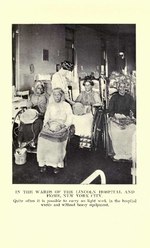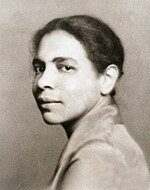History

The Lincoln School School for Nurses was the first and only nursing school for African-American women in New York City, [1] until the municipally funded Harlem Hospital School of Nursing was established in 1923. [3] The Lincoln School School for Nurses' first graduating class was in 1900, with a total of six graduates. [1] From 1906 to 1923 Adah Belle Thoms, a 1905 graduate, served as acting director. [4] In 1908, she, along with Martha Minerva Franklin, and Mary Eliza Mahoney, organized the first meeting of the National Association of Colored Graduate Nurses, which was sponsored by the Lincoln School for Nurses Alumnae Association. [5]
The 1914 demographics of the hospital and nursing school has been reported as: the hospital patients were primarily white; the nursing home patients were primarily black; the doctors were white males; and the nurses and nursing students were black females. [6]
In 1928 Isabel Maitland Stewart directed the first university-sponsored studies in nursing using a research team approach. What made the survey unique was that it focused on both the nursing process and results of care in terms of patient comfort and safety. [7]

